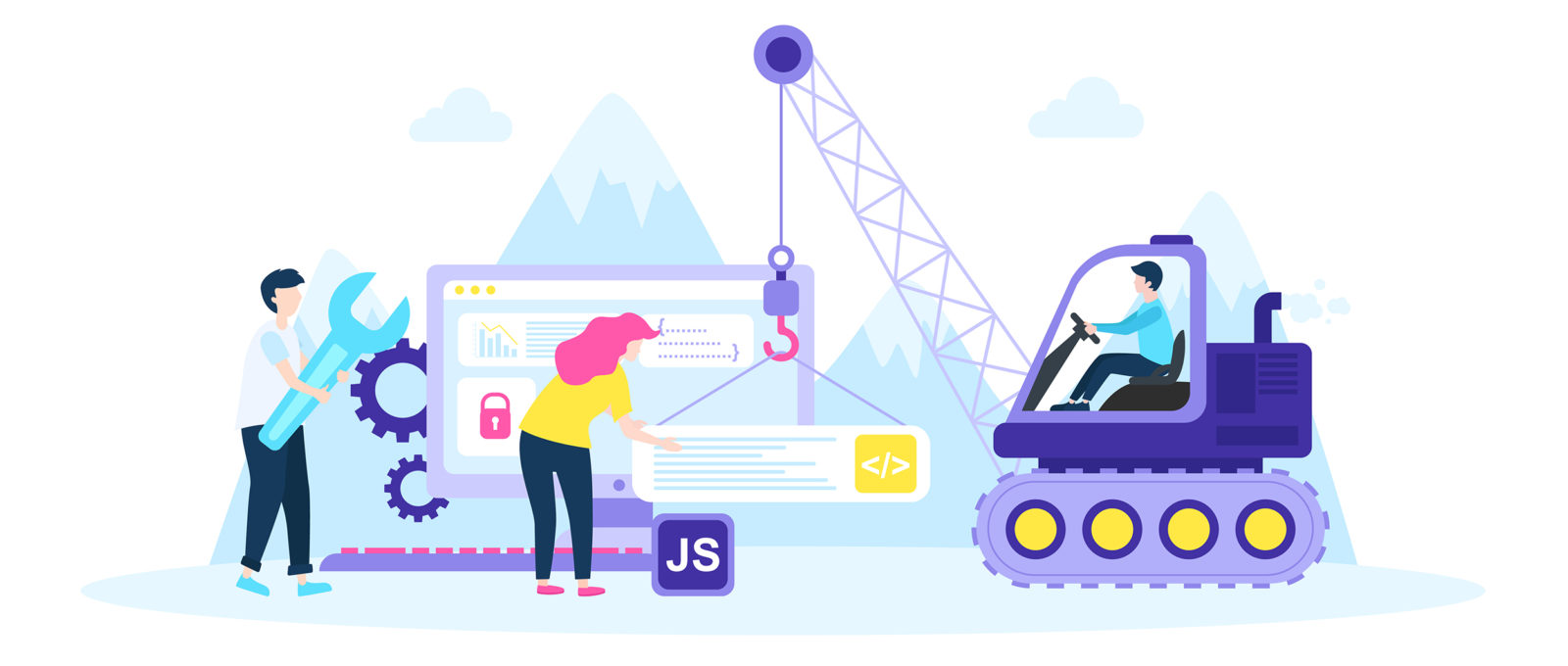Interested In Finding Out Exactly How Internet Site Design Has Evolved For Many Years? Explore The Trip From Fundamental, Uncomplicated Styles To User-Centric Interfaces That Prioritize The Site Visitor'S Experience
Interested In Finding Out Exactly How Internet Site Design Has Evolved For Many Years? Explore The Trip From Fundamental, Uncomplicated Styles To User-Centric Interfaces That Prioritize The Site Visitor'S Experience
Blog Article
Post By-Solis Dodson
In the past, sites were easy and concentrated on info. Navigation was direct, and layout was for desktop computers. Currently, user experience is crucial. Information overviews styles for very easy navigation. Receptive designs suit various tools. Today, dark setting minimizes pressure, and minimalist menus improve navigating. Interactive features engage customers, and vibrant visuals stand apart. AI integration improves interaction. See exactly how design has actually progressed to improve your online trip.
Early Days of Web Design
In the very early days of web design, simplicity preponderated. Websites were basic, with minimal shades, font styles, and designs. The focus was on providing information as opposed to showy visuals. Customers accessed the internet through sluggish dial-up links, so speed and capability were vital.
Navigating food selections were straightforward, normally situated at the top or side of the page. Web sites were created for desktop, as mobile browsing had not been yet widespread. Material was king, and designers focused on easy readability over intricate layout aspects.
HTML was the primary coding language used, and developers needed to function within its constraints. Animations and interactive functions were very little compared to today's requirements. Websites were fixed, with little vibrant material or customized customer experiences.
Increase of User-Focused Design
With the evolution of website style, a change towards user-focused layout concepts has actually come to be significantly popular. Today, producing internet sites that prioritize user experience is essential for involving visitors and attaining organization objectives. User-focused layout involves comprehending the requirements, choices, and actions of your target market to tailor the site's design, web content, and includes as necessary.
Designers now perform extensive research study, such as individual studies and use screening, to gather understandings and comments straight from customers. This data-driven method assists in producing intuitive navigating, clear calls-to-action, and aesthetically appealing interfaces that reverberate with site visitors. By putting mouse click the following post at the center of the layout process, websites can supply a much more tailored and enjoyable experience.
Receptive layout has also emerged as a key element of user-focused layout, ensuring that web sites are enhanced for different tools and display sizes. This versatility enhances ease of access and functionality, dealing with the diverse means users interact with websites today. Essentially, the increase of user-focused layout indicates a shift in the direction of creating digital experiences that prioritize the requirements and expectations of the end customer.
Modern Trends in Website Design
Explore the latest fads shaping web design today. https://garrettnidys.dbblog.net/3129749/selecting-the-appropriate-citizen-seo-company-for-your-business is dark setting design, providing a streamlined and modern-day look while minimizing eye stress in low-light settings. One more key fad is minimal navigating, streamlining menus and enhancing user experience by concentrating on essential elements. Incorporating micro-interactions, such as computer animated switches or scrolling impacts, can create an extra appealing and interactive web site. Receptive design remains vital, guaranteeing smooth user experiences across various tools. Additionally, utilizing strong typography and asymmetrical layouts can add visual passion and accentuate particular content.
Incorporating AI modern technology, like chatbots for client assistance or personalized recommendations, boosts user interaction and improves procedures. Accessibility has likewise end up being a significant fad, with developers focusing on comprehensive design methods to satisfy diverse individual demands. Embracing sustainability by enhancing website performance for speed and efficiency is one more arising fad in web design. Teaming up with individual feedback and data analytics to repeat and enhance layout continually is essential for staying relevant in the ever-evolving electronic landscape. By accepting these contemporary fads, you can develop a visually enticing, straightforward website that resonates with your audience.
Final thought
As you review the advancement of website style from the early days to currently, you can see exactly how user-focused style has actually become the driving pressure behind modern fads.
Embrace the trip of modification and adjustment in website design, constantly keeping the customer experience at the center.
Keep existing with the most recent fads and technologies, and never ever stop advancing your technique to create visually sensational and user-friendly sites.
Progress, adapt, and produce - the future of website design remains in your hands.
